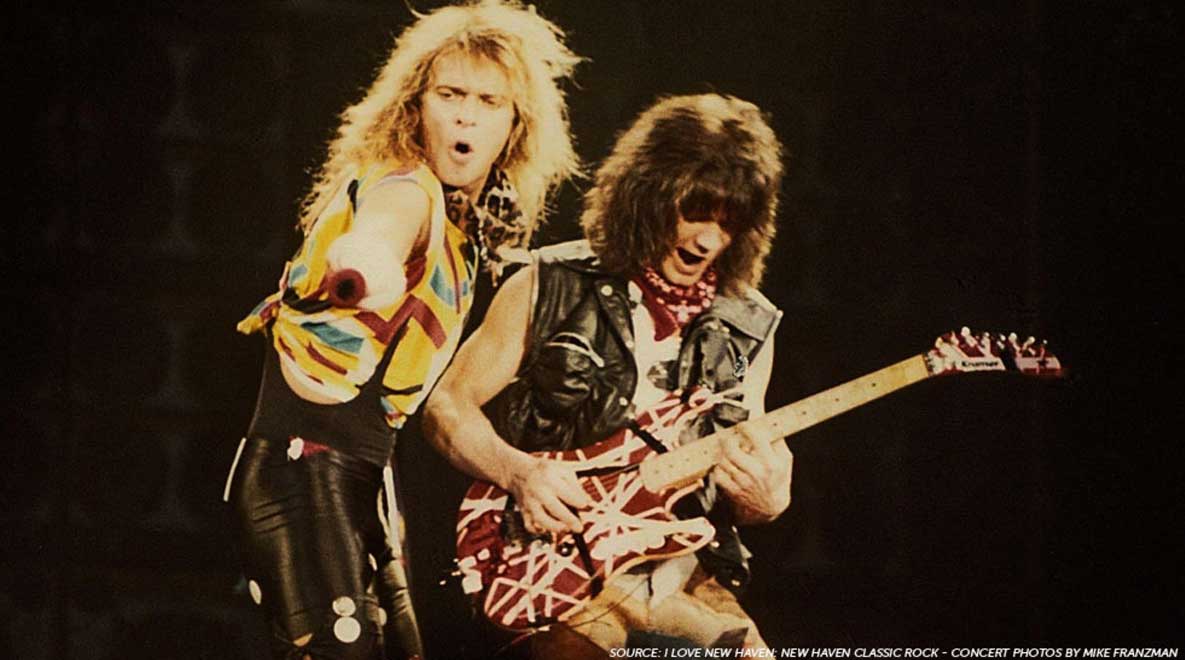Capturing The One Best Way Before It’s Gone For Good
Waiting too long to identify The One Best Way to do tasks and procedures can be more devastating to your business than you realize.
- Fortunately, there are a number of good techniques for making that identification part of everyday work.
- There is critical information in the minds of your employees waiting to be tapped.
- Capturing that knowledge is urgent the closer to retirement your workforce gets.
- Encourage your employees to disagree on existing processes to find the One Best Way.
- Request feedback from employees on their processes as they’re actively doing them.

The mystery of the soft, pink hot dogs1
In 1970, Vienna Beef in Chicago moved from its aged facility to a state-of-the-art building where everything was designed to be perfect for making the company’s famous hot dogs.
However, after the old factory was shuttered and the new sausages started coming off the line, they discovered something had gone terribly wrong. The hot dogs tasted OK, but they didn’t have the snap or the bright red color that Chicago dogs are known for.
What could have changed from one facility to the next to account for such a dramatic change in their product?
Managers at the company went through every aspect of their production process, trying to understand what had happened. The ingredients were the same, the spices were the same. The temperature of the smokehouse was the same. They even tested the water from both locations to make sure there was nothing different from the north side of Chicago to the south side.
Then one night, a bunch of folks were out together, talking about old times, when somebody brought up Irving. Irving was popular, he was the kind of guy who had nicknames for everyone. There were lots of stories about him. And while everyone was talking about Irving, a light bulb went off. Everything was exactly the same at the new plant, except for Irving.
When the old plant closed, Irving opted for retirement rather than commute to the other side of the city. It turns out that Irving’s job was more important than anyone realized. He was responsible for moving the uncooked sausages from one side of the plant, weaving his way through the maze of corridors, to the other side of the plant and then cooking them in the smokehouse.
In the new plant, there was no Irving, no half-hour trip where the sausages got warm before they were cooked. They made the sausages in a cold room and cooked them in a smokehouse right next door to it. That trip was the secret ingredient that made the dogs red and crisp.
It took a year and a half for Vienna Beef to discover the secret ingredient that left their company with Irving. Imagine how many customers they lost in that time, while their hot dogs were pink and soft.
Unknown Unknowns
We know that there is critical information in the minds of our employees waiting to be tapped to improve efficiency and productivity. In some cases the need to capture that knowledge is urgent. As our workforce ages and retires, how much of the sausage-making process will we lose?
Unfortunately, we can’t just get everyone in a room and ask them to write down all the best practices they know from their daily routines. Employees may not recognize that their method is better than another’s. They may not even recognize that they have a method.
Instead we need to create awareness that there is room for improvement, that there is personal incentive for identifying best practices and that there is an easy way to feed that information back to us.
Sometimes, as in the story above, it may not be clear to anyone, what the best practice is – even those performing the task. To help discover best practices, asking your employees to imagine performing a task may help more than watching them do it or trying to guess at an elusive better way.2
The reason for this is that mental simulations help us build skills. During a mental simulation, we can manage our emotions and block out distractions. We can focus entirely on each aspect of the process. Believe it or not, mental simulations can also be incredibly accurate because they evoke the same areas of the brain that are used during the physical activity. This heavy concentration will sometimes draw out parts of a process that you wouldn’t typically pay attention to.
Honing in on one single aspect of a process at a time can help as well. Putting parameters around a thought process can help make details easier to pin down. For example, take a moment and try to think of five green things… Now take another moment and think of five green things in your backyard. Which of those came more quickly to you?2
Encouraging disagreements instead of consensus
If you have a group of employees who all perform the same function and want to understand their best practices, a first instinct may be trying to reach The One Best Way through consensus.
In fact, this is more likely to bury best practices rather than reveal them. When people cooperate on a project, their instinct will be to compromise and combine tactics. Instead, it is often better for them to compete to identify the best possible solution to the problem.2
Once you have identified an existing process and broken it down into its component tasks, encourage your employees to provide their feedback on the most efficient way to complete each task.
When the best ideas bubble up to the top, begin to implement them. As you do, publicly draw attention to those who contributed them and make clear the value of the changes to the organization.
Don’t be shy about appealing to self-interest or even better, group interest. The more you can highlight the benefit that even small improvements have made to individuals or groups, the more inclined your workforce will be to make future recommendations.2
By publicly championing the value of improvements and those who contributed to them, you will be encouraging a culture of change.
Facilitating change
Requesting feedback on incremental task improvement and processing all the information you get back are two very different things.
To expedite this process in Acadia, we have incorporated feedback loops throughout the platform.
After a process has been created, anyone you share or assign it to can comment on it. The comments are filed and organized by document, then shared back to you through reporting and email.
Probably more helpful is that you can get active feedback while employees are performing their tasks. With one click, you can convert a process to a task list. You can then assign the task list to an employee who can take it anywhere (online or offline) on a mobile device.
While the employee works through each task, they have another opportunity to provide feedback as they’re performing the process. Here they can write notes and attach images or video. When you compile this information from multiple employees, patterns will often emerge. Common problems can be identified as well as more efficient processes.
There is an added benefit to performing tasks with an accompanying checklist as well. It helps your workforce to learn best practices in context. The learning process is similar to how Velcro works, the more loops and hooks you have connected, the stronger the bond. So, the more you can get someone to pay attention to the minutiae of what they’re doing, the more likely they will learn and make it a permanent part of their memory.
Sources:
Ready to crush your goals?
"*" indicates required fields


